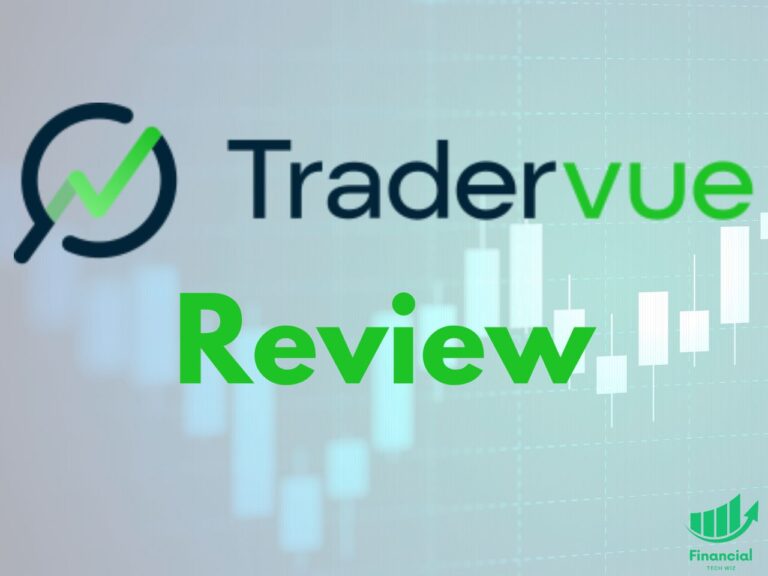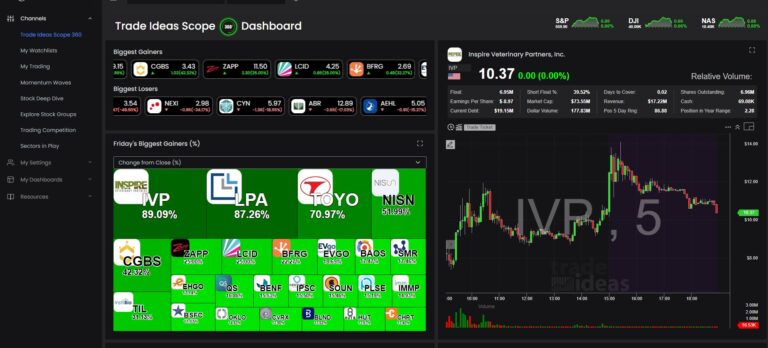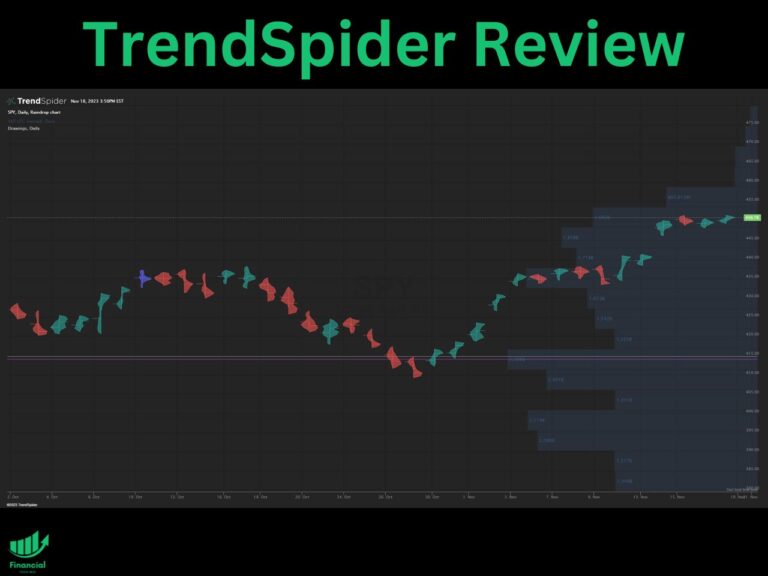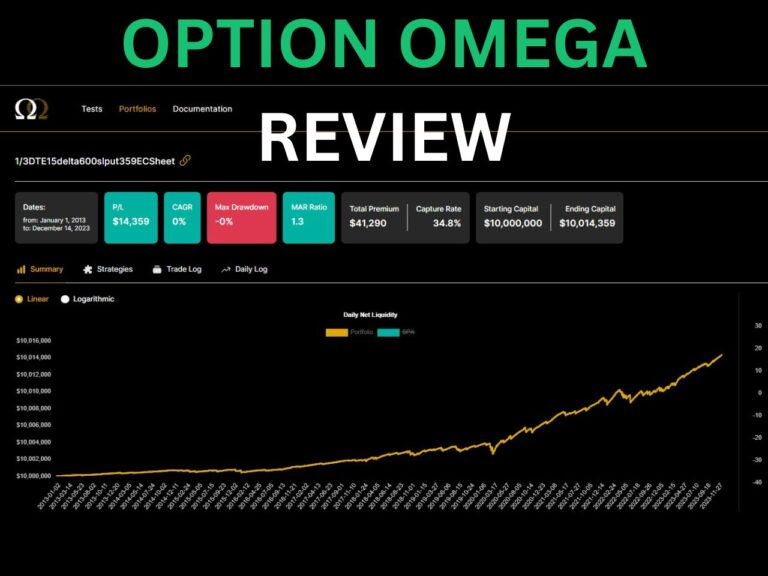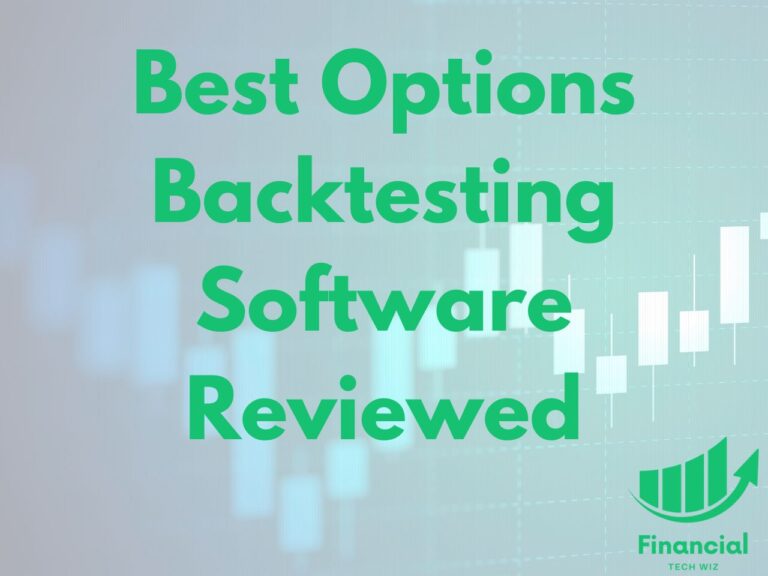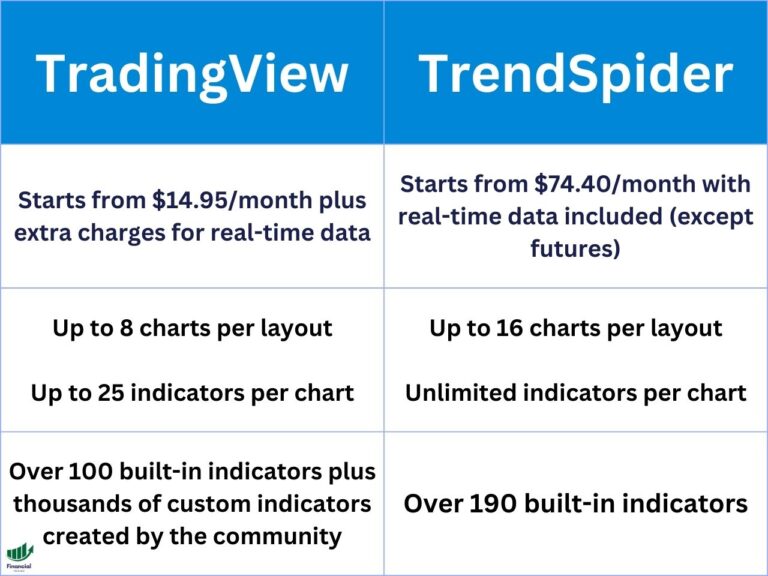IVV vs. VOO – Comparing S&P 500 ETFs
IVV and VOO are two of the most popular exchange-traded funds (ETFs) for investors seeking exposure to the S&P 500 Index. While both track the same benchmark and offer nearly identical performance, there are subtle differences worth understanding—primarily around fund issuers and operational structure. IVV is managed by BlackRock under the iShares brand, while VOO is offered by Vanguard.
This guide breaks down the key similarities and differences between these two ETFs to help you make an informed decision.
IVV vs. VOO Key Characteristics
You can use the table below to compare the key characteristics of IVV and VOO. They are incredible similar since they are both S&P 500 ETFs:
| Metrics | IVV | VOO |
|---|---|---|
| Expense Ratio | 0.03% | 0.03% |
| Dividend Yield | 1.20% | 1.19% |
| Number of Holdings | 508 | 504 |
Both funds offer ultra-low fees, broad market coverage, and near-identical dividend yields, making them top-tier options for long-term investors.
Real-Time Performance Comparison of IVV and VOO
You can compare these funds in real time using the TradingView chart below. Be sure to click the “ADJ” button at the bottom right of the chart to adjust the data to include dividends. However, you will notice the performance is nearly identical since both these funds track the same index.
IVV: iShares Core S&P 500 ETF Overview
The iShares Core S&P 500 ETF (IVV), offered by BlackRock, is a low-cost fund designed to replicate the performance of the S&P 500 Index. With an expense ratio of just 0.03% and a current dividend yield of 1.20%, IVV is a cost-efficient vehicle for gaining exposure to large-cap U.S. equities.
- Structure: Trust (typically allows in-kind redemptions, which may provide tax efficiency)
- Issuer: BlackRock
- Launch Date: May 2000
- Holdings: 508 companies
VOO: Vanguard S&P 500 ETF Overview
The Vanguard S&P 500 ETF (VOO) offers virtually identical exposure to the S&P 500. Like IVV, it tracks the index with a low 0.03% expense ratio and a similar 1.19% dividend yield. Vanguard’s unique ownership structure—where the fund is owned by the investors—often appeals to cost-conscious long-term investors.
- Structure: Fund of a fund (offers fractional share benefits via Vanguard’s mutual fund platform)
- Issuer: Vanguard
- Launch Date: September 2010
- Holdings: 504 companies
Performance Comparison: IVV vs. VOO
Over the long term, IVV and VOO deliver nearly identical performance. Both ETFs:
- Track the same index (S&P 500)
- Hold nearly the same securities in the same proportions
- Have identical expense ratios
- Reinvest dividends efficiently
Differences in total return are typically negligible and often stem from minor tracking differences or dividend reinvestment timing.
Dividend Yield Comparison
Dividend yield is another area where IVV and VOO are closely aligned:
- IVV Dividend Yield: 1.20%
- VOO Dividend Yield: 1.19%
Since both funds hold the same underlying companies, their dividend distributions will naturally track closely. Investors seeking passive income will find both ETFs suitable for consistent quarterly payouts.
Expense Ratio Comparison
Both IVV and VOO are among the most cost-efficient ETFs available today:
- IVV Expense Ratio: 0.03%
- VOO Expense Ratio: 0.03%
Low expense ratios are critical for long-term growth, especially in passive investment strategies. With no cost advantage between them, both funds offer optimal efficiency for index investors.
Holdings Comparison
Despite a slight variance in the number of holdings—508 for IVV versus 504 for VOO—both ETFs maintain full replication of the S&P 500. This means they own the same top-weighted companies in the same proportions, such as Apple, Microsoft, Amazon, and Alphabet.
These small discrepancies can occur due to timing, index rebalancing, or fund structure, but they do not impact overall performance or diversification.
IVV vs. VOO: Final Thoughts
Choosing between IVV and VOO often comes down to personal preference or platform availability. From a performance and cost perspective, there is no meaningful advantage to one over the other. Both are:
- Low-cost
- Tax-efficient
- Highly diversified
- Aligned with the performance of the U.S. large-cap market
The only other S&P 500 ETF worth considering for a different use case is SPY, which offers higher liquidity and intraday tradability, making it better suited for short-term traders or institutional use.
Other ETF Comparisons
– Free trading journal template & cheat sheet PDFs
– Access our custom scanners and watchlists
– Access our free trading course and community!


